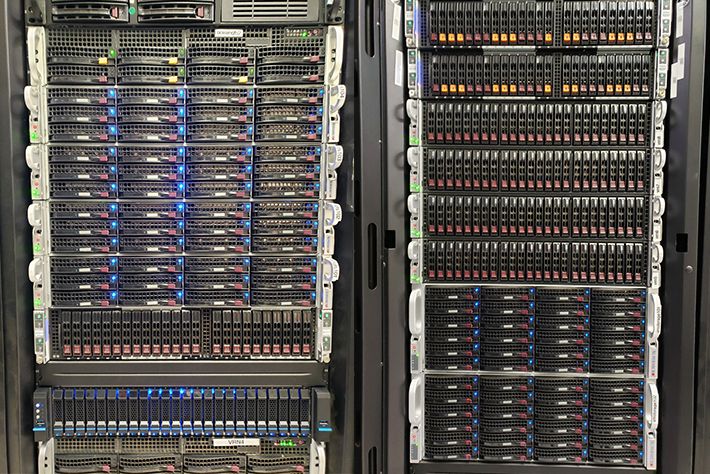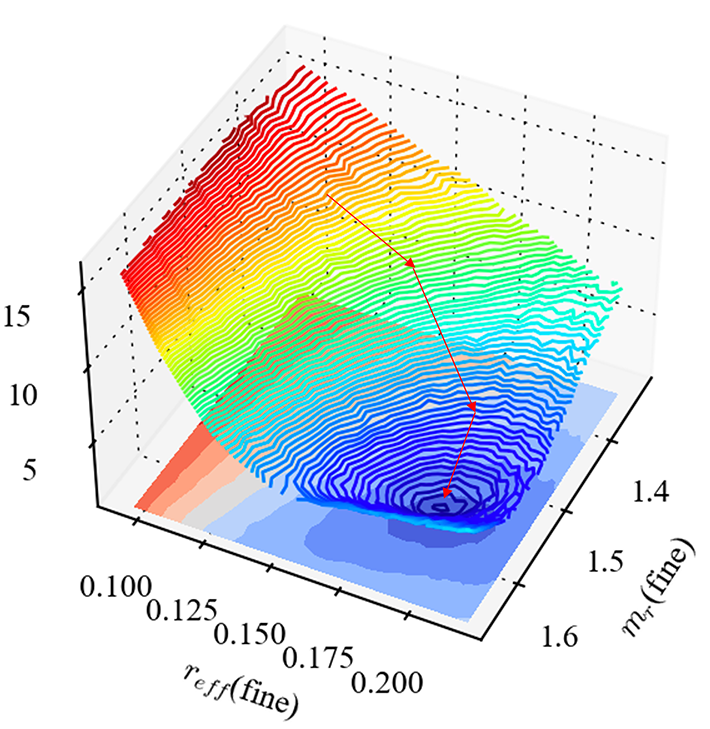Research Page
Novel Data Analysis Development
Beyond its role in regular satellite data processing, the Ocean Ecology Laboratory develops new techniques for the analysis of satellite data. This includes exploitation of new types of remote sensing data (hyperspectral, multi-angle, polarimetric) for the observation of the atmosphere and ocean. Upcoming missions such as Plankton, Aerosol, Cloud, ocean Ecosystem (PACE), Geosynchronous Littoral Imaging and Monitoring Radiometer (GLIMR), and Atmosphere Observing System (AOS) will be a source of rich datasets. The information content of these datasets must be assessed, and computationally feasible techniques to determine geophysically relevant parameters created. Doing so requires development of radiative transfer models, the use of artificial intelligence or neural networks, and application of Bayesian inference methods, among other tools.

Photos of the Poseidon SLURM-based High Performance Computing Cluster at the Ocean Ecology Laboratory

Photos of the Poseidon SLURM-based High Performance Computing Cluster at the Ocean Ecology Laboratory

